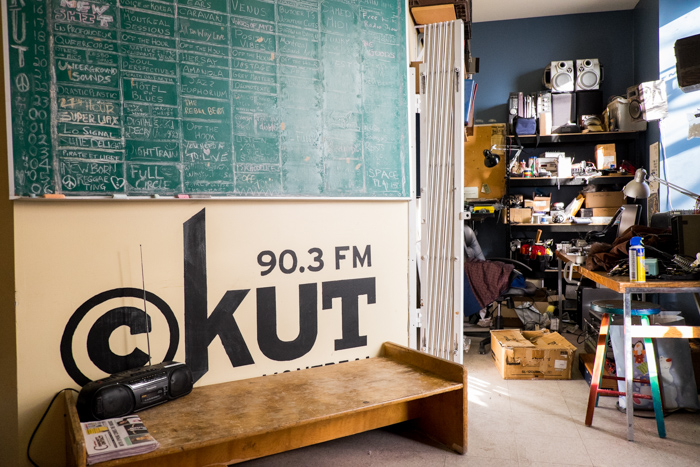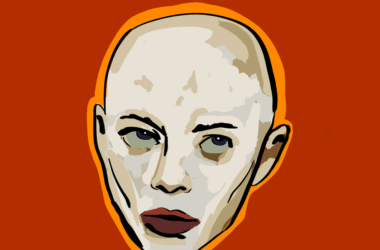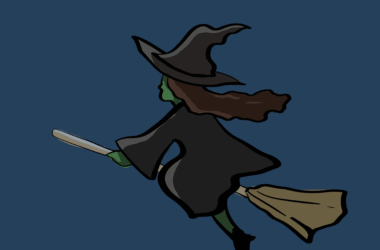The Casbah Coffee Club, like countless other dive bars in Liverpool, has staked its claim in music history. The supposed “launchpad of the Beatles” now features a commemorative plaque, signed memorabilia, and a £15 entry fee. Yet, the Casbah Club’s most impressive piece of history is also its most modest. Positioned under a series of commemorative photographs and t-shirts is a beat-up brown console whose function is difficult to discern at first. However, upon closer examination, its purpose becomes clear: This is the radio where the Beatles first heard their music broadcast. In a room full of historical treasures, the radio stands head-and-shoulders above the rest. You can almost imagine the fab four huddled around it thinking to themselves, “Hey, this ‘music’ thing might work out all right for us.”
Radio used to be the major way that people accessed and discovered music. As virtually the only way for up-and-coming artists to get their music heard, it became a crucial entry point into the industry. Radio was essential to the rise of Rock ‘N’ Roll in the 1950s, with DJs such as Alan Freed and Wolfman Jack gaining celebrity status themselves. In those days, anyone who was anyone was on the radio and everybody was listening.
[metaslider id=44730]
By the 1980s however, new and exciting ways of listening to music were beginning to weaken radio’s stranglehold. The introduction of in-car tape decks and CD players provided alternatives to drive-time radio shows. Later, the Internet and the rise of the blogosphere gave listeners exciting new ways to discover music. Today, streaming services such as Spotify and Pandora have provided perhaps the most robust challenge yet. Now, instead of combing the airwaves, more and more listeners are relying on these services to discover new music, some of which feature built-in algorithms that suggest songs based on previous listening habits.
The million dollar question then, is ‘What should radio be in 2016?’ No longer the only source for new and exciting music and facing steep competition, radio stations are finding ways to adjust.
“The biggest change for radio is that twenty years ago, radio stations were just that,” Mark Bergman, program director and Afternoon Drive announcer for Montreal’s Virgin Radio 96 said. “Today a station like Virgin is no longer just a radio station, we are an entertainment brand.”
It’s an outlook that’s common in radio today. In order to compete, stations are looking beyond the music and toward a more holistic entertainment package, complete with an active social media presence.
“I think we’re changing by the second,” Bergman said. “Music radio will become more and more about the great personalities in the mix with the music. That’s the only way we’re going to compete with digital.”
Virgin is one of the most popular radio stations in Montreal, with over two million listeners each week; however, it is not just the big boys who are finding new ways to make radio relevant. McGill’s own CKUT is going beyond the music as well, albeit in a different way. For one, CKUT has always prominently featured news coverage in addition to music, focusing on stories that may have been overlooked by more mainstream outlets.
Aishwarya Singh is a student who has worked extensively in CKUT’s news department, contributing to the station’s two major news programs: Off the Hour and All Things McGill.
“We speak to the people who are working for change within a specific context,” said Singh. “If we’re going to a demonstration, we wouldn’t speak to the police but to the protesters or event organizers.”
This approach is reflected in everything CKUT puts on the air, from its news and culture, to even its music.
“We try to get a perspective that’s less covered by mainstream radio,” Rudy Quinn, who has hosted multiple programs on the station said. “Personally, I tend to focus on smaller labels and bands out of Montreal.”
They’re not the only ones who benefit. University radio stations such as CKUT also provide a valuable creative outlet for students on campus.
“In the classroom, we are passive receptors of knowledge,” Singh said. “Of course you can engage with that knowledge critically, but […] I feel like [working in radio] gives you a type of knowledge you wouldn’t get in the classroom.
This knowledge is then passed to listeners through the station’s multifaceted programming.
“If you’re the radio you have access to many different groups involved in Montreal,” said Quinn. “We have programming 24 hours a day, seven days a week. I can’t paint CKUT with one broad brush. There’s just so much going on.”
While streaming services offer tailor-made playlists based on past listening habits, radio can push listeners outside of their comfort zones.
“On Facebook and other social networks you only get a small glimpse what your friends are posting […but radio] broadens your horizons,” Quinn said. “I play stuff that I like, but also stuff that my audience might not like or not know yet. I hope that they’ll enjoy it and that it’ll get them talking.”
Perhaps more than anything, radio provides the opportunity to establish a connection between the listener and the larger community.
“I think it’s about giving McGill a voice into the broader community, but also giving the community a voice into McGill,” Quinn said.
In a telecommunications industry that has become increasingly automated, radio has remained a distinctly human industry. The radio is a conversation of sorts between DJ and audience and an invitation into a larger world.
Bergman puts it succinctly: “All the streaming services offer is music, nowhere else can you listen to a station and feel, and know, and breathe Montreal,” he explained.







